Coyotes aren’t just sticking to the wild anymore—they’re getting smarter and learning how to live in our cities. With fewer natural predators and easy access to food like trash, pet food, and even small pets, urban life has become pretty appealing to them. They’re becoming bolder, more nocturnal, and less afraid of humans, which can lead to some dangerous encounters. This growing comfort in neighborhoods isn’t just a nuisance—it poses real risks to people, pets, and even the coyotes themselves. As they adapt, it’s up to us to change our habits too—securing trash, avoiding feeding wildlife, and being more alert. If we don’t act now, we’ll only encourage more coyote-human conflicts down the road.
The Urban Coyote: A Surprising New Neighbor
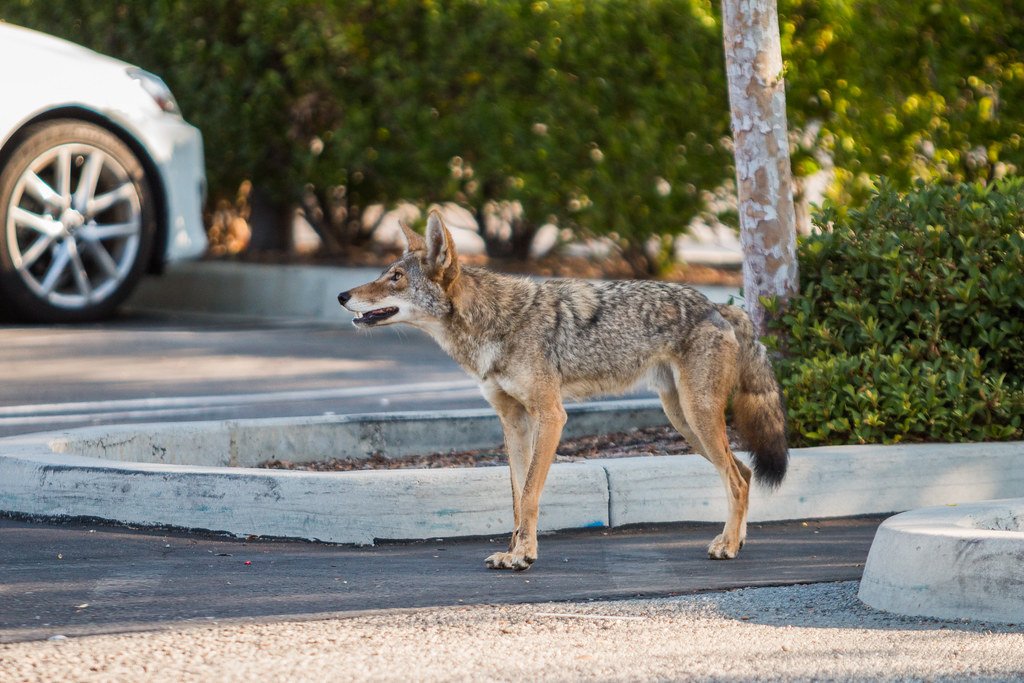
It’s wild to think that a creature once limited to remote prairies and forests has now become a fixture in bustling cities. Urban coyotes have been spotted everywhere from New York’s Central Park to the heart of Los Angeles. They slip through alleyways, cross empty parking lots at night, and sometimes even sun themselves on suburban lawns. Unlike their rural cousins, urban coyotes have learned to tolerate, and even exploit, the presence of humans. They’re not just surviving; they’re flourishing in the concrete jungle.
This shift didn’t happen overnight. Over the past few decades, coyotes have spread eastward and adapted to city life with remarkable speed. For coyote lovers, this is a testament to their resilience and intelligence. But for city dwellers, it can be both thrilling and a little unsettling to realize just how close these wild animals have come.
How Coyotes Outsmart the City’s Challenges
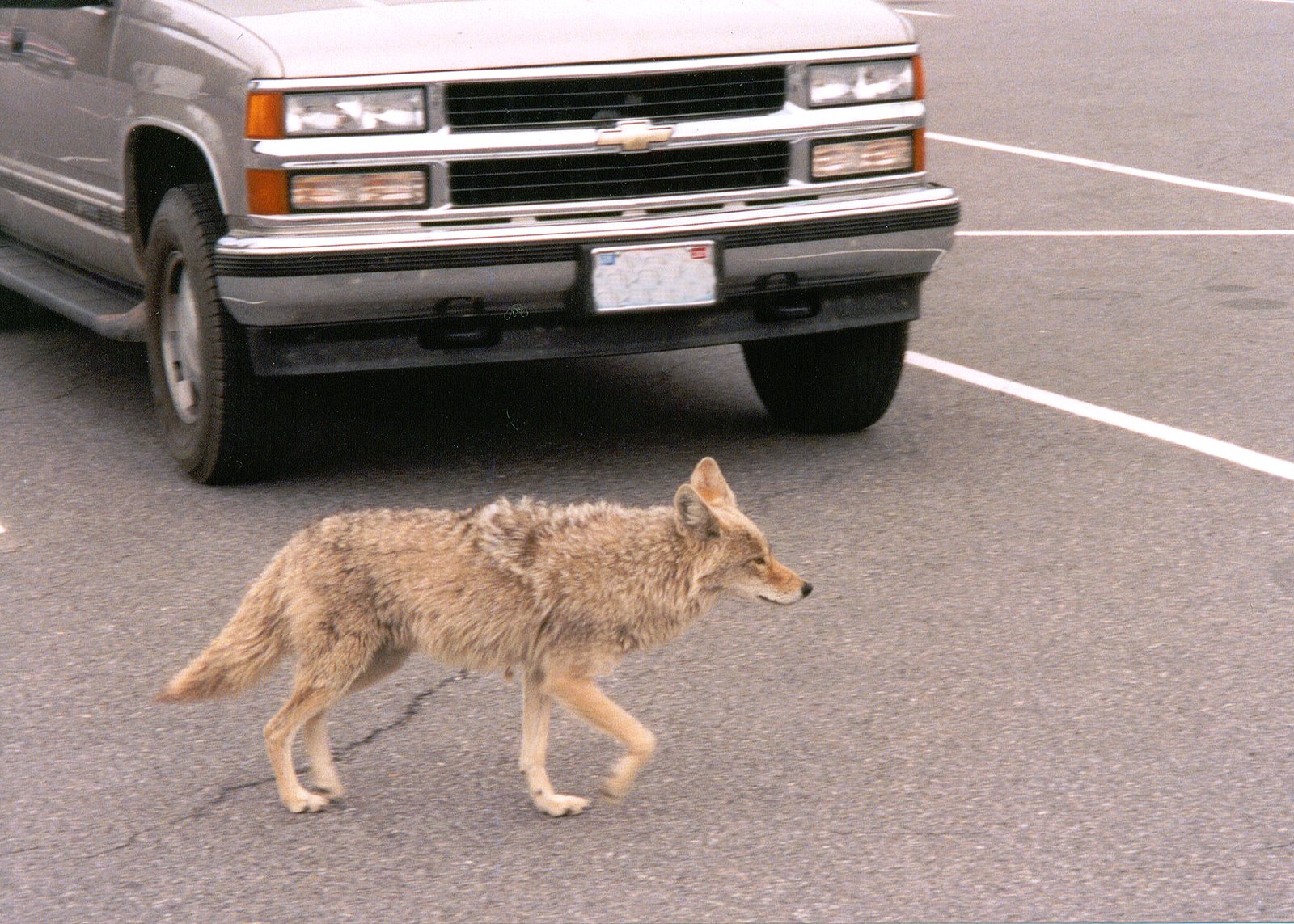
Coyotes face a whole new set of challenges in the city—traffic, noise, and fewer natural food sources. Yet, they’ve developed clever strategies to cope. They often move under the cover of darkness, using storm drains and railway lines like secret highways. Their acute senses help them avoid danger, and they’re quick to learn which areas are safe and which to avoid.
Urban coyotes have also learned to take advantage of our habits and leftovers. They scavenge from garbage bins, snack on fallen fruit, and sometimes even nab pet food left outside. This resourcefulness is both inspiring and concerning. While it shows their adaptability, it also brings them into closer contact with humans, making conflict more likely.
Dietary Shifts: From Rabbit Hunter to Garbage Gourmand

Out in the wild, coyotes are skilled hunters, chasing down rabbits, rodents, and small deer. In the city, their menu has expanded in surprising ways. Urban coyotes have been found eating everything from discarded pizza crusts to garden vegetables. Sometimes, they even hunt domestic animals like cats and small dogs, which can be heartbreaking for pet owners.
This new diet is a double-edged sword. On one hand, it allows coyotes to thrive in places where natural prey is scarce. On the other, it can lead to health problems and dependency on human-provided food. For animal lovers, it’s a poignant reminder of the unintended consequences of sharing our world with wildlife.
Family Matters: Coyote Packs in the City
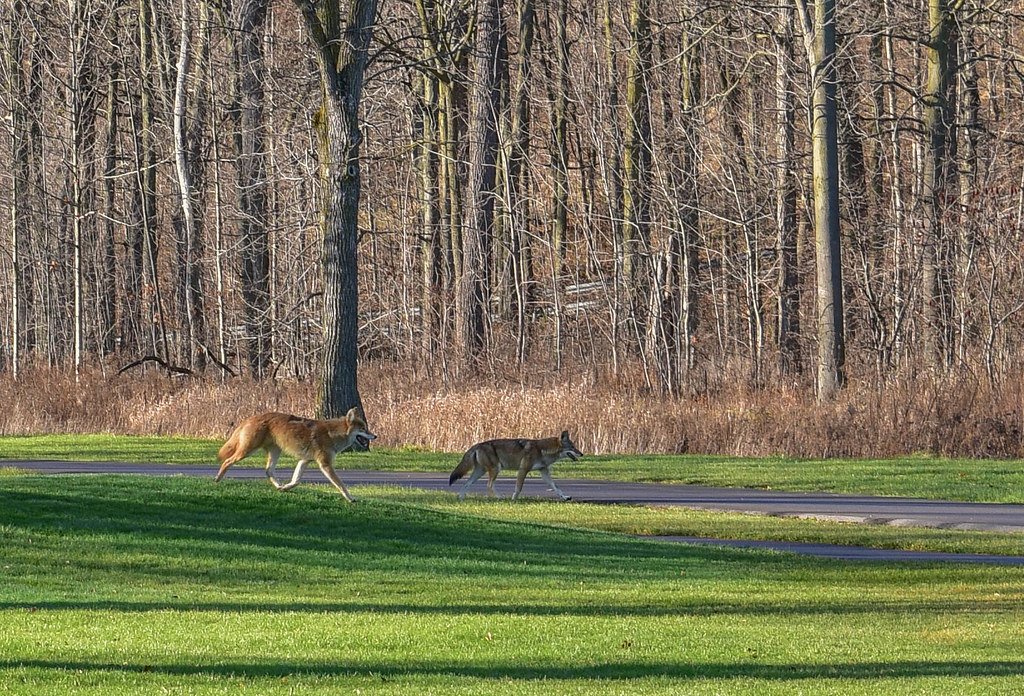
Coyotes are highly social animals, and family ties matter. In cities, they often form tight-knit family groups, or packs, that fiercely defend their territory. These urban packs may be smaller than those in rural areas, but their bonds are just as strong. Pups are raised in hidden dens tucked away in overgrown lots or under sheds.
These family groups help coyotes survive in a world of new dangers. Older animals teach pups how to avoid cars, find food, and steer clear of humans. For coyote lovers, these stories of family resilience are both heartwarming and a little bittersweet, knowing that survival often means adapting to a world so different from their natural home.
When Curiosity Turns to Conflict
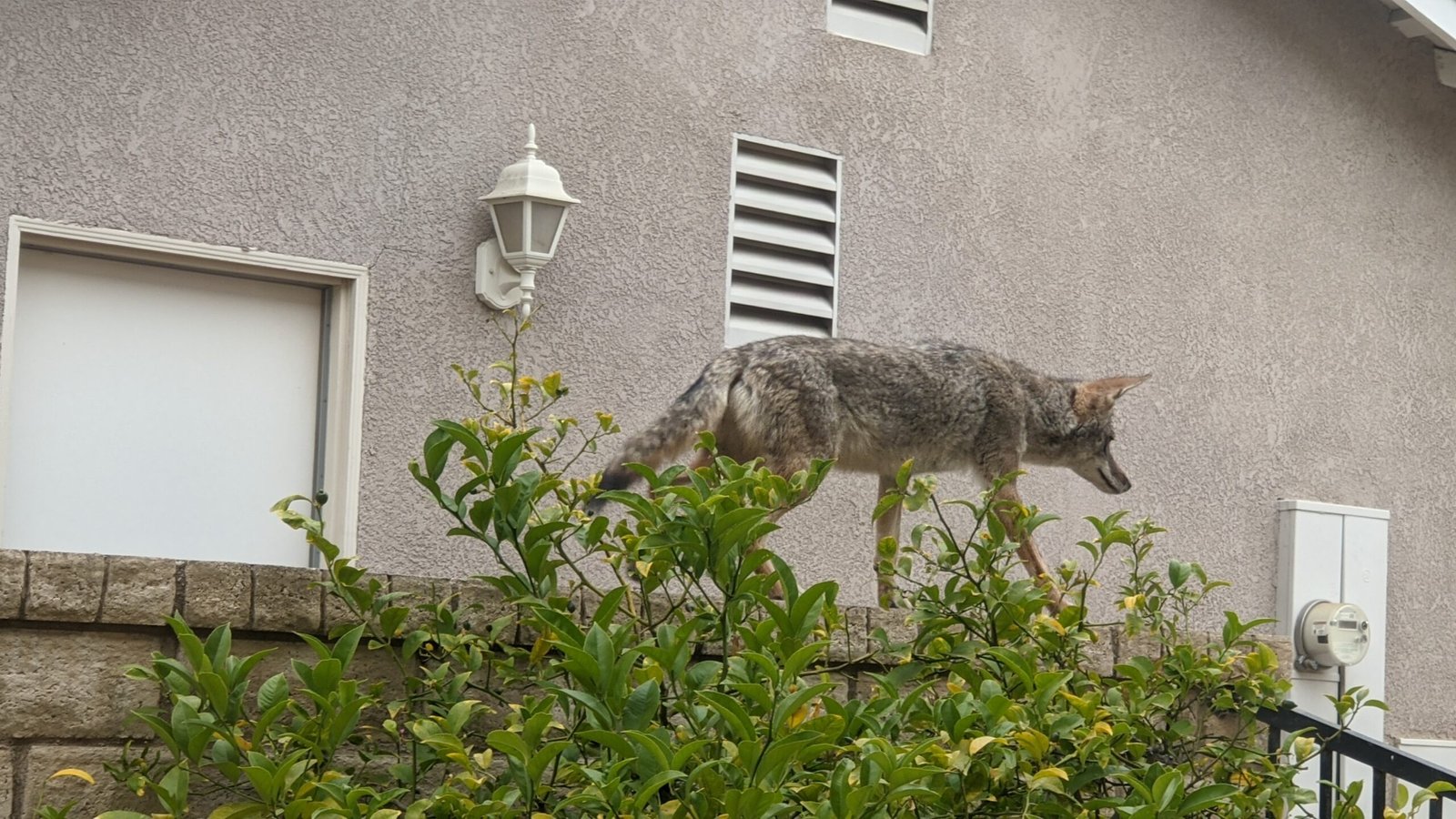
Coyotes are naturally wary of people, but living in close quarters has made some bolder. There have been growing reports of coyotes approaching people, venturing into yards, or even snatching unattended pets. These encounters can frighten residents and lead to calls for trapping or culling.
Conflict usually arises when coyotes lose their fear of humans—often because they’ve been unintentionally fed. It’s a classic case of good intentions gone awry. While it’s easy to see why someone might want to leave out food for a hungry-looking coyote, this can set the stage for dangerous encounters. Keeping a respectful distance is best for everyone.
Coyotes and Our Pets: An Uncomfortable Reality
For many city dwellers, pets are treasured family members. The thought of a coyote harming a beloved cat or dog is deeply upsetting. Sadly, as coyotes become bolder and more comfortable in urban settings, such incidents have become more common, especially in areas where pets are left unattended outdoors.
Coyotes don’t see pets as friends—they see them as potential food or rivals. This harsh reality means pet owners need to be vigilant. Simple steps like keeping cats indoors and supervising dogs, especially at dawn and dusk, can make a world of difference. It’s not about fearing coyotes, but about respecting their instincts.
The Dangers Coyotes Face in the City
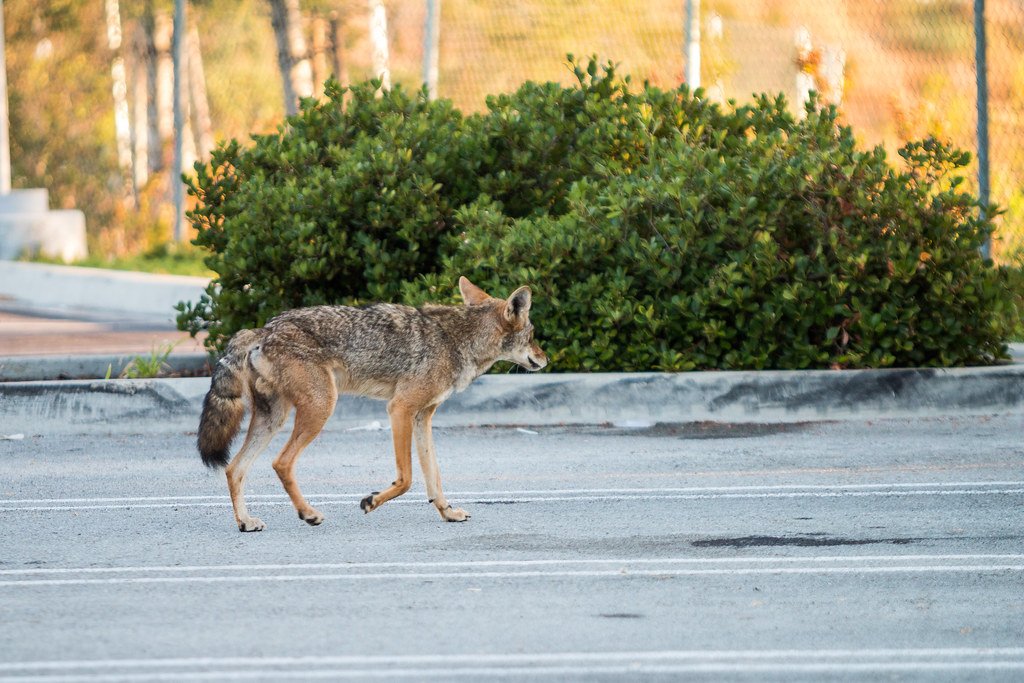
Urban life isn’t easy for coyotes, either. Fast-moving cars pose a constant threat—roadkill is a leading cause of death for city coyotes. Poison, traps, and disease also take their toll. Some coyotes are harmed by well-meaning but misguided attempts to remove them from neighborhoods.
Living in cities exposes coyotes to risks they never faced before. Despite their adaptability, many don’t survive long. For those who care about these animals, this is a sobering reminder: thriving in the city doesn’t mean living without danger.
Why Coyotes Thrive: Evolution in Action

Coyotes are natural-born survivors. Scientists say they’re evolving in real time, right before our eyes. Urban coyotes show signs of being smaller, more agile, and less fearful than their wild relatives. They breed quickly and have larger litters, helping their populations rebound even after setbacks.
This rapid evolution is fascinating—like watching nature rewrite the rules to fit a brand-new game. But it also means coyotes are becoming harder to deter. As they become increasingly at home among us, the line between wild and domestic blurs, raising concerns for both sides.
The Risks of Letting Coyotes Become Too Urbanized
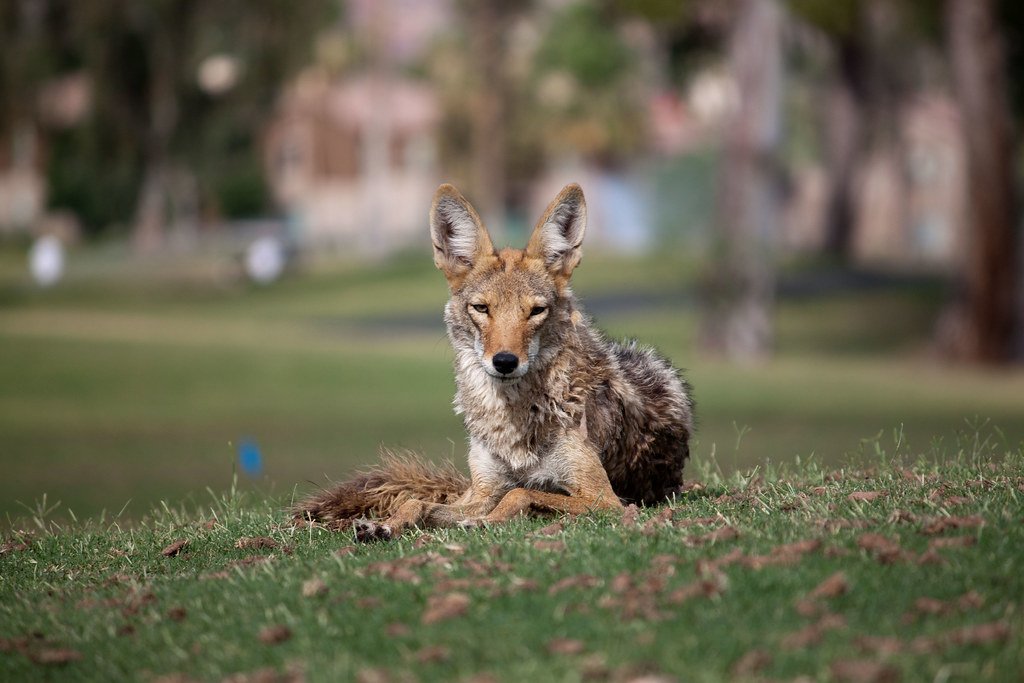
Allowing coyotes to become too comfortable in our cities poses real dangers for everyone. Habituated coyotes lose their fear of humans, making conflicts more likely. They may start exploring playgrounds, parks, and even schoolyards. This puts both coyotes and people in jeopardy.
If we don’t address this trend, we risk creating a cycle that’s hard to break. Coyotes that lose their fear are more likely to be removed or killed after conflicts, and their pups may never learn to avoid humans. It’s a heartbreaking outcome for animals that just want to survive.
How We Can Help Coyotes—and Ourselves—Stay Safe
The solution isn’t as simple as getting rid of coyotes. Instead, we can take steps to make cities less attractive to them—and safer for everyone. Securing trash cans, removing outdoor food sources, and never intentionally feeding coyotes are simple but effective steps.
Education is key. The more people understand about coyote behavior, the better equipped we are to prevent conflict. Programs that teach residents how to coexist with wildlife have made a real difference in some cities. It’s about finding a balance—respecting coyotes’ place in our world without inviting them into our backyards.
The Future of Coyotes in Our Cities

Coyotes aren’t going away. They’re here, and they’re changing alongside us. Their story is one of resilience and adaptation, a testament to the power of nature to find a way. But we have a responsibility—to them and to ourselves—to draw boundaries and ensure that wild animals remain wild.
Coyotes may be clever, but letting them get too comfortable in our neighborhoods isn’t safe for anyone. By making small changes—like securing food sources and staying alert—we can help keep the balance between wildlife and urban life. It’s not about fearing coyotes, but about setting healthy boundaries. The sooner we act, the safer it’ll be for both people and animals. Will we rise to the challenge and help shape a future where coyotes and people can both thrive? The answer lies in our hands, and in the choices we make every day.

Linnea is a born and bred Swede but spends as much time as possible in Cape Town, South Africa. This is mainly due to Cape Town’s extraordinary scenery, wildlife, and atmosphere (in other words, because Cape Town is heaven on earth.) That being said, Sweden’s majestic forests forever hold a special place in her heart. Linnea spends as much time as she can close to the ocean collecting sea shells or in the park admiring puppies.






